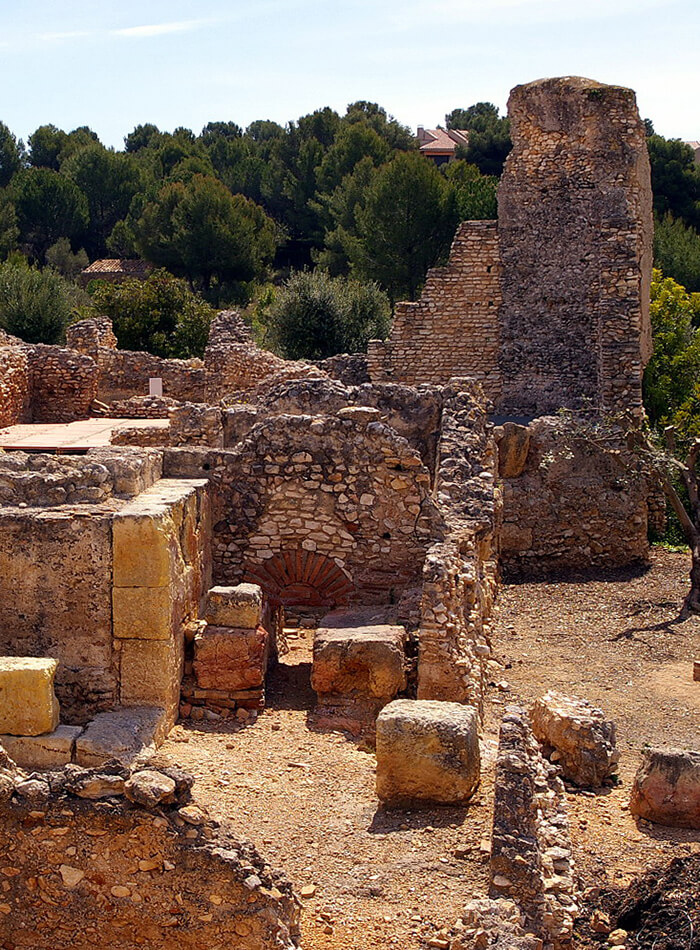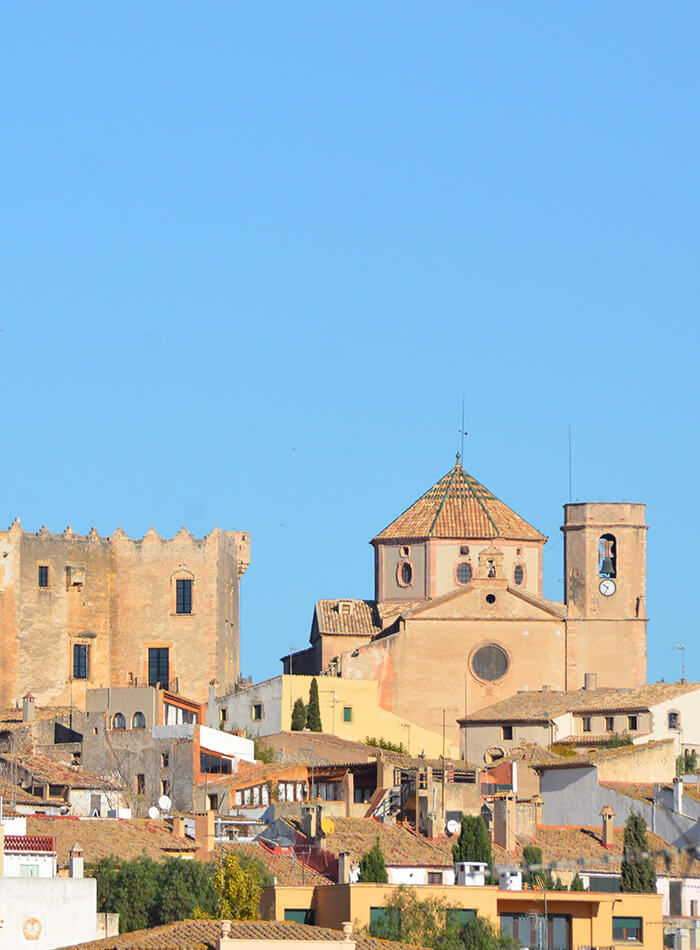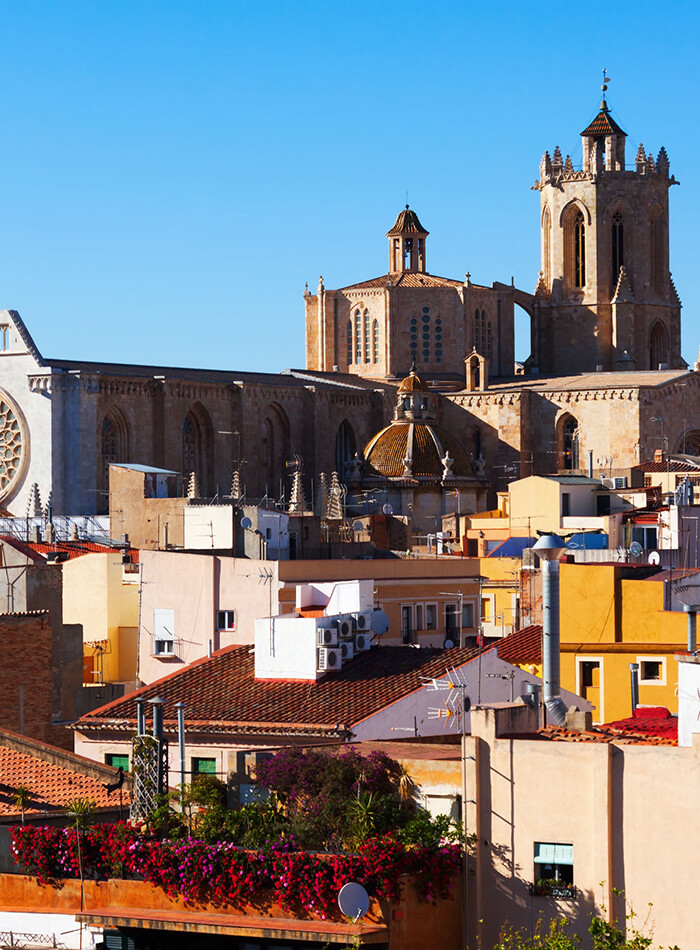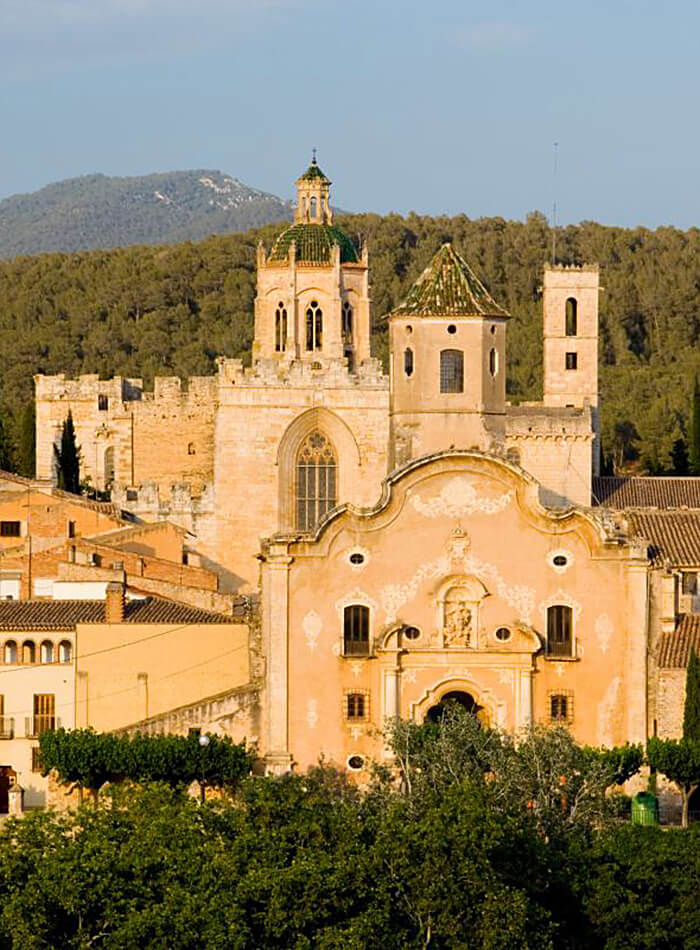Roman Villa Els Munts – 500 metres


La Vila Closa and Montserrat Castle – 1 kilometre
The origins of the town date back to the 11th century, the medieval era, when it was part of the southern territory of the County of Barcelona. Today, the old urban centre boasts a well-preserved structure known as La Vila Closa, allowing visitors to discover stunning cobbled streets and buildings over 300 years old, crowned by Montserrat Castle, an almost millenary triangular-shaped fortress offering panoramic views of the entire Baix Gaià. It is also part of the fascinating Gaià Castles route. La Vila Closa was declared a historic-artistic architectural ensemble by the Generalitat of Catalonia in 1998. Guided tours are available.
Tarragona (Tarraco) – 10 kilometres
Tarragona is a city facing the sea, offering a mild and almost unique weather, perfect for enjoying a walk along Rambla Nova and the Balcó del Mediterrani, savouring an appetiser and vermouth in Plaça de la Font, being amazed by a visit to the bell tower of the majestic Cathedral, or indulging in a delicious rice dish in Serrallo, the city’s maritime district. Recommended for couples, families, or friends, Tarragona offers enjoyment all 365 days of the year.


The Cister Route – 20 kilometres
Created in 1989, this fantastic route connects the three Cistercian order monasteries in Catalonia: Vallbona de les Monges (Urgell), Poblet (Conca de Barberà), and Santes Creus (Alt Camp), the latter just 20 kilometres from Altafulla Mar Hotel.

